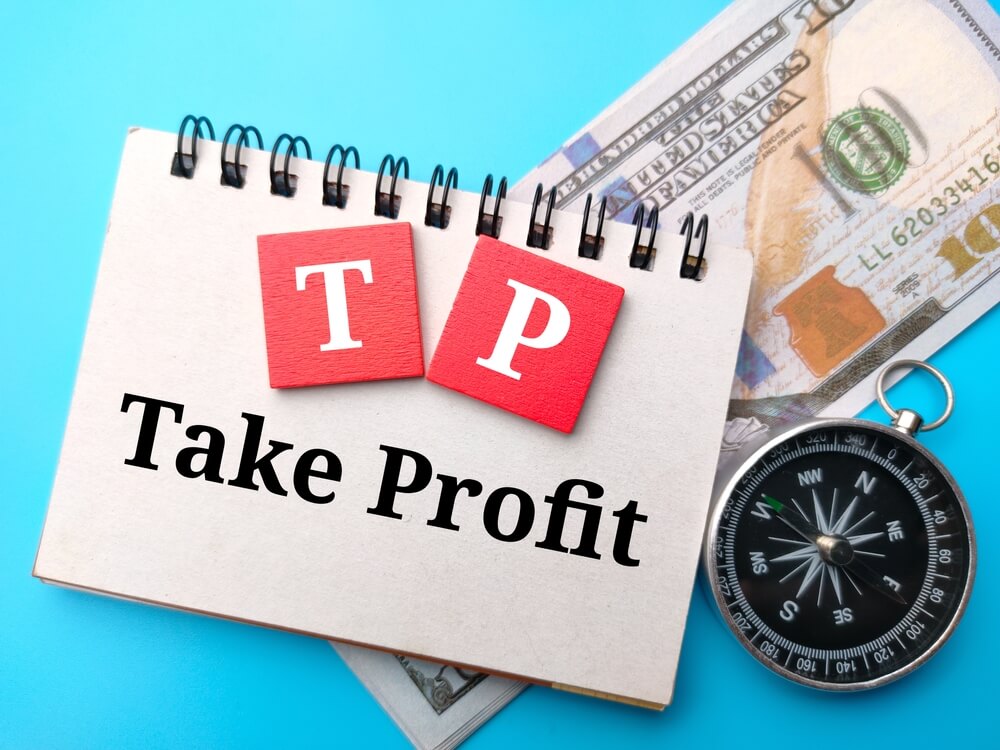
Risk is an integral part of the trading process. At the same time, there are various strategies and techniques that allow traders to limit their potential losses and mitigate risks associated with unexpected market volatility and price fluctuations. Loss prevention is much easier when you set specific orders — Stop-Loss and Take-Profit.
Article content
In today’s turbulent market environment, trading without stop orders isn’t very smart, to say the least. If someone tells you they’re trading without Stop-Loss orders (using the mix of various exits), they might as well be on their fast track to failure. Such an approach to trading will turn your deposit into dust in no time.
Not limiting potential losses is a common mistake of amateur traders.
What are Stop-loss and Take-profit?
These are price targets set in advance. The trader sets these targets to manage risks, lock in profit and protect the trading account from big losses.
Setting a Stop-loss
Since the market movement is rather unpredictable, there isn’t a universal rule on how to set a stop-loss level. It depends on the trader’s professional skills and how much risk they are ready to accept. However, there could be several basic rules that novice traders must pay attention to:
- For buy orders, the stop-loss level must be determined based on the price low of a particular time frame you’re using to find your entry point. For sell orders, the stop-loss order must be set based on the price high. We recommend finding the asset’s support level and setting the Stop-Loss just below that level.
- Intraday traders can use the previous candle’s highs/lows.
- Use indicators to determine how much you will lose on the Stop-Loss. It can be Bollinger bands, for example. Bollinger bands is a technical analysis tool defined by a series of trend lines. A Bollinger Band widens when volatility rises and narrows when volatility goes down.
- Set a Stop-Loss based on volatility. For example, you can use the Average True Range (ATR) indicator.
- Place your stop according to support/resistance levels. You can plot these lines on your chart.

Setting a Take-Profit
The rules around profit fixation are less strict. After all, no one knows to what highs the price might rise. Traders usually stick to a 1:2 or 1:3 ratio.
While determining the level to lock in your profit, one should consider the average daily volatility.
Advantages of limit orders
- They protect the trader from sudden market changes and tactical errors.
- They ensure that a trade closes at a predetermined price level.
- Traders can effectively integrate these types of orders into the trading strategy.
- They make you more disciplined.
Disadvantages of limit orders
- Short-term price swings can trigger your stops.
- There are no clear rules regarding levels for orders’ placement. It depends on a trader’s strategy.
- While these orders can limit risk exposure, they can also limit your losses. One of the golden rules of trading“let your profits run” will not apply if your take profit order is executed, selling your winning position too early.

Let’s sum up
Despite all the cons, placing limit orders can be beneficial. Orders and proper money management are crucial for regular profits and reducing psychological stress levels.
Do you want to learn more? Are you interested in trading cryptocurrencies?






